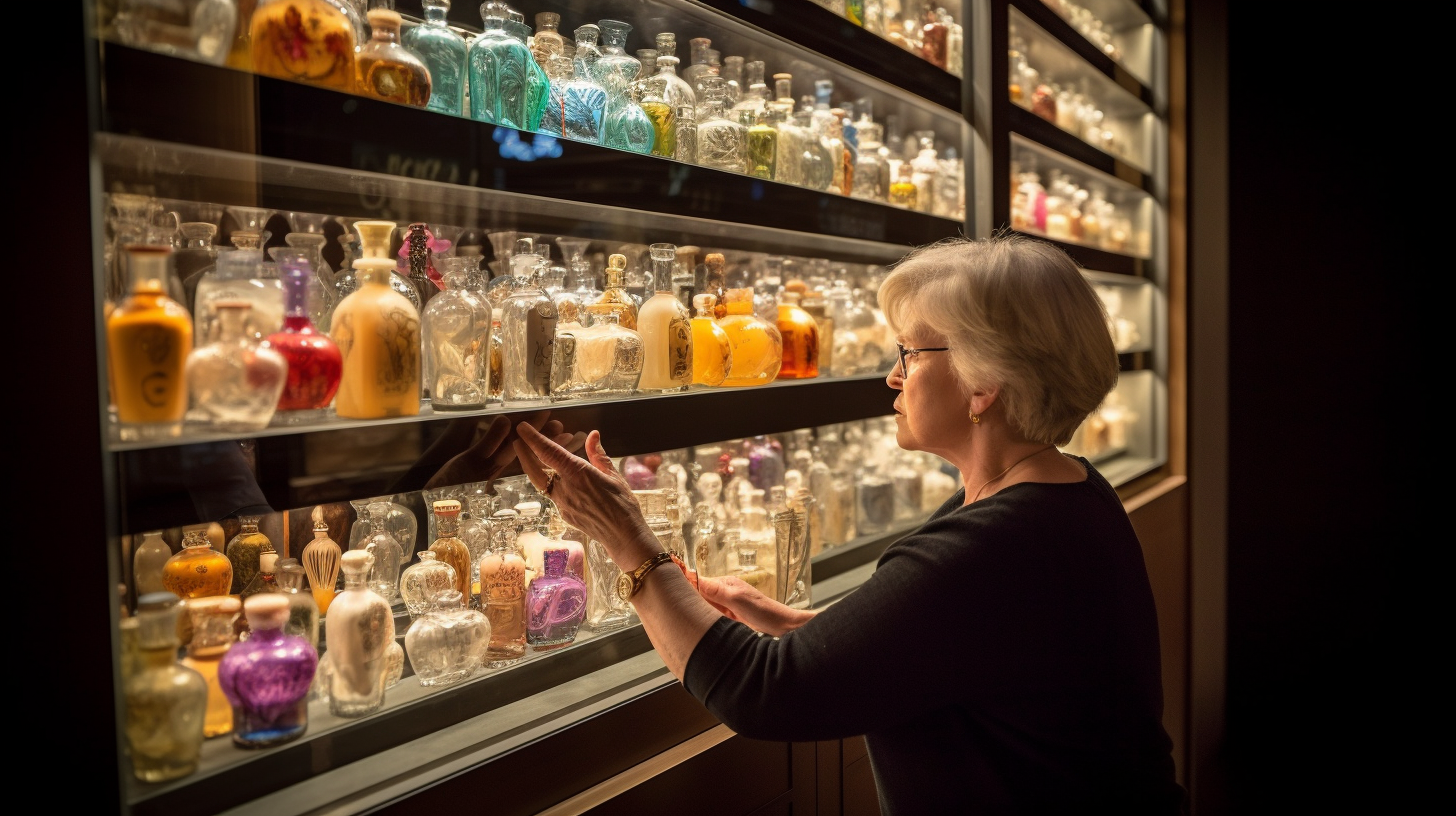The Essential Guide to Understanding Basic Perfume Ingredients
Welcome to “The Essential Guide to Understanding Basic Perfume Ingredients”! Perfumes have the power to evoke emotions, create lasting memories, and leave a lasting impression. But have you ever wondered what goes into creating those captivating scents? In this comprehensive guide, we will dive into the world of basic perfume ingredients, exploring their origins, characteristics, and roles in perfume making.
The Art and Science of Perfumery
Perfumery is a delicate balance between art and science. Perfumes are composed of various fragrance ingredients that come together to create a harmonious blend. These ingredients can be classified as natural or synthetic, each offering unique characteristics and benefits.
Natural Perfume Ingredients
Natural perfume ingredients are derived from botanical sources such as flowers, fruits, leaves, and spices. They provide a rich and authentic scent experience. Some popular natural perfume ingredients include:
- Rose: Known as the “queen of flowers,” rose provides a sweet and romantic aroma. It is often used in floral perfumes and adds a touch of elegance.
- Bergamot: With its citrusy and refreshing scent, bergamot is commonly found in fresh and uplifting perfumes. It adds a sparkling top note to fragrances.
- Vanilla: Vanilla offers a warm and comforting aroma with hints of sweetness. It is frequently used as a base note in gourmand perfumes.
These natural ingredients not only contribute to the olfactory experience but also connect us with nature. However, it’s important to note that natural perfume ingredients can be expensive and their availability may be limited due to factors like climate conditions or seasonal variations.
Synthetic Perfume Ingredients
Synthetic perfume ingredients, also known as aroma chemicals or synthetic fragrance oils, are created in a laboratory. They mimic the scent of natural ingredients and offer a wide range of possibilities for perfumers. Some commonly used synthetic perfume ingredients include:
- Musk: Musk is a complex and animalic fragrance ingredient that adds depth and sensuality to perfumes. Synthetic musks have been developed as a sustainable alternative to natural musk.
- Aldehydes: Aldehydes are often described as sparkling or effervescent. They add a touch of freshness and radiance to perfumes, making them stand out.
- Ambroxan: Ambroxan is a woody and amber-like ingredient that provides warmth and longevity to fragrances. It is frequently used in oriental and woody perfumes.
Synthetic perfume ingredients offer consistency, affordability, and versatility. They allow perfumers to create unique scents that may not be possible with natural ingredients alone.
The Art of Perfume Composition
Creating a perfume involves carefully combining different ingredients to achieve the desired scent profile. Perfume composition is often categorized into three main layers known as top notes, heart notes, and base notes.
- Top Notes: The top notes are the initial impression of a perfume, providing an immediate burst of fragrance upon application. These light and volatile ingredients are responsible for the first impression but evaporate quickly.
- Heart Notes: Also known as middle notes, heart notes emerge once the top notes fade away. They form the core of the fragrance and contribute to its character. Heart notes are usually floral or fruity in nature.
- Base Notes: Base notes are long-lasting and provide depth and richness to the fragrance. They are often derived from woody, musky, or amber-like ingredients. Base notes anchor the perfume and give it staying power.
The combination of these three layers creates a well-rounded and complex perfume that evolves over time. Perfume composition is an art form that requires skill, creativity, and an understanding of how different ingredients interact with one another.
Challenges in Perfume Formulation
Formulating a perfume is no easy task. Perfumers face several challenges when working with perfume ingredients:
- Balance: Achieving the right balance between different ingredients is crucial. A harmonious blend ensures that no single note dominates the fragrance.
- Stability: Perfumes need to maintain their scent integrity over time. Some natural ingredients can be volatile or prone to oxidation, which can affect the overall quality of the fragrance.
- Regulations: The fragrance industry is subject to strict regulations regarding ingredient safety and labeling. Perfumers must stay up-to-date with these regulations to ensure compliance.
Overcoming these challenges requires expertise, experience, and a deep understanding of perfume chemistry.
The Power of Perfume Ingredients
Perfume ingredients have the power to evoke emotions, trigger memories, and enhance our well-being. Research has shown that certain scents can have a positive impact on our mood and mental state.
For example, lavender has been found to promote relaxation and reduce stress levels. Citrusy scents like lemon and orange can uplift our spirits and improve focus. By understanding the properties of different perfume ingredients, we can choose fragrances that align with our desired mood or purpose.
In Conclusion
The world of basic perfume ingredients is vast and fascinating. From natural floral scents to synthetic musks, each ingredient plays a crucial role in creating captivating fragrances. Whether you prefer the authenticity of natural ingredients or the versatility of synthetics, there is a wide range of options to explore.
Next time you spritz on your favorite perfume, take a moment to appreciate the artistry and science behind its creation. The carefully selected ingredients blend together to create a unique scent that becomes a part of your personal identity.
So go ahead, indulge in the world of perfumery, and let the power of fragrance transport you to new olfactory heights!




